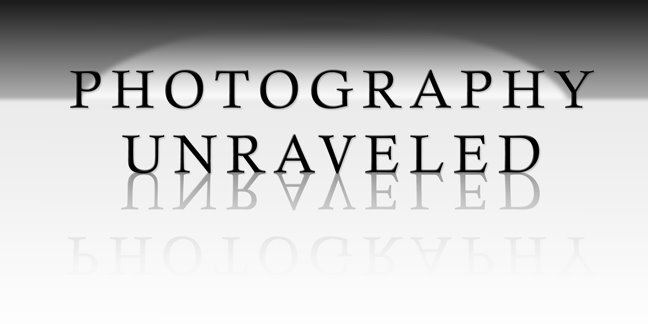Alright, let's keep movin! Let's talk about a couple other fringe aspects of composition to consider. Now for the brass section.....oh wait....wrong kind of composition......
Framing
Framing is when you use unimportant elements in the scene to outline, fully or partially, another, more important portion of the scene. A commonly used object to do this are trees and tree branches. By lining up the trunk of a tree on the very edge of the frame, or a branch across the top of the frame, you're helping the viewer feel like they aren't supposed to wander outside of the picture they are viewing. Heaven forbid their eyes wander onto someone else's photograph, keep them in yours! This technique is also used to draw more attention to the focal point of the picture. You'll have to excuse this example, it's not my best photograph, but when it comes to framing, I gots slim pickins. I used the toys to help eliminate the clutter around the girls face, and draw more attention to her:


Point of View/Perspective
Always consider your perspective. What are you trying to convey in your image? Are you trying to show the world through a child's eyes? Don't even think about setting the exposure before getting on your hands and knees! Going for that National Geographic shot of the world's most dangerous predatory animal? Be prepared to be a predator yourself. Perspective also has something to do with......how do I say this......not taking tourist snapshots? Documenting moments is important, but usually doesn't make for a great photograph unless it has personal meaning to someone involved. Back in the day, that's why everyone dreaded being invited over to the Smith's for cookies and a slideshow projected onto their wall of their recent road trip to the Burlingame Museum of Pez Memoribilia. If you're going for a work of art, don't just take pictures of beautiful things. Actively look around you to see what you can make beautiful with your creativity. Look up, look down at the ground, find the scene within a scene. This is a hard thing to teach verbally, so maybe some pictures will illustrate better (the picture/illustration pun was unintended, unless you ask my wife, she would tell you I just can't help it).

This picture was taken on the walkway outside of my apartment in Texas. A scene I walked by and ignored everyday, until this day.
 Here's a nice picture. You could leave and be happy with it.......
Here's a nice picture. You could leave and be happy with it.......
 ....but look at the picture you could miss by walking away. The barbed wire in the fence, who woulda thunk?
....but look at the picture you could miss by walking away. The barbed wire in the fence, who woulda thunk?
Cropping
 What do you think? Better?
What do you think? Better?

This picture was taken on the walkway outside of my apartment in Texas. A scene I walked by and ignored everyday, until this day.
 Here's a nice picture. You could leave and be happy with it.......
Here's a nice picture. You could leave and be happy with it....... ....but look at the picture you could miss by walking away. The barbed wire in the fence, who woulda thunk?
....but look at the picture you could miss by walking away. The barbed wire in the fence, who woulda thunk?Cropping
Unfortunately for most photographers, at least the ones who don't have thousands of dollars to spend on different types of cameras, we're stuck viewing the world through a rectangle. Our viewfinder limits us to how we can compose our pictures, right? Everything has to be rectangular.......thanks to digital, shooting in different aspect ratios (we'll talk about aspect ratios later) is too easy not to be taken advantage of. When you're composing a shot and it just doesn't seem to be working well, think to yourself, how would this look if it were a square image? What about a long panoramic? Even better, go out there and purposefully look for images that fit these ratios. It just takes a couple moments in whatever image editing software you have. Lo and behold, some examples:
Eh, it's okay. What do you think? Better?
What do you think? Better?



1 comment:
Well said, my friend! Composition is something that I'm picking up little by little and find that it's making a huge difference in my photos. I don't know about other photographers (I can't believe I'm referring to myself as a photographer!) but it can be really difficult to think outside the box and get a little more creative. But wow, it sure makes a difference!
Post a Comment